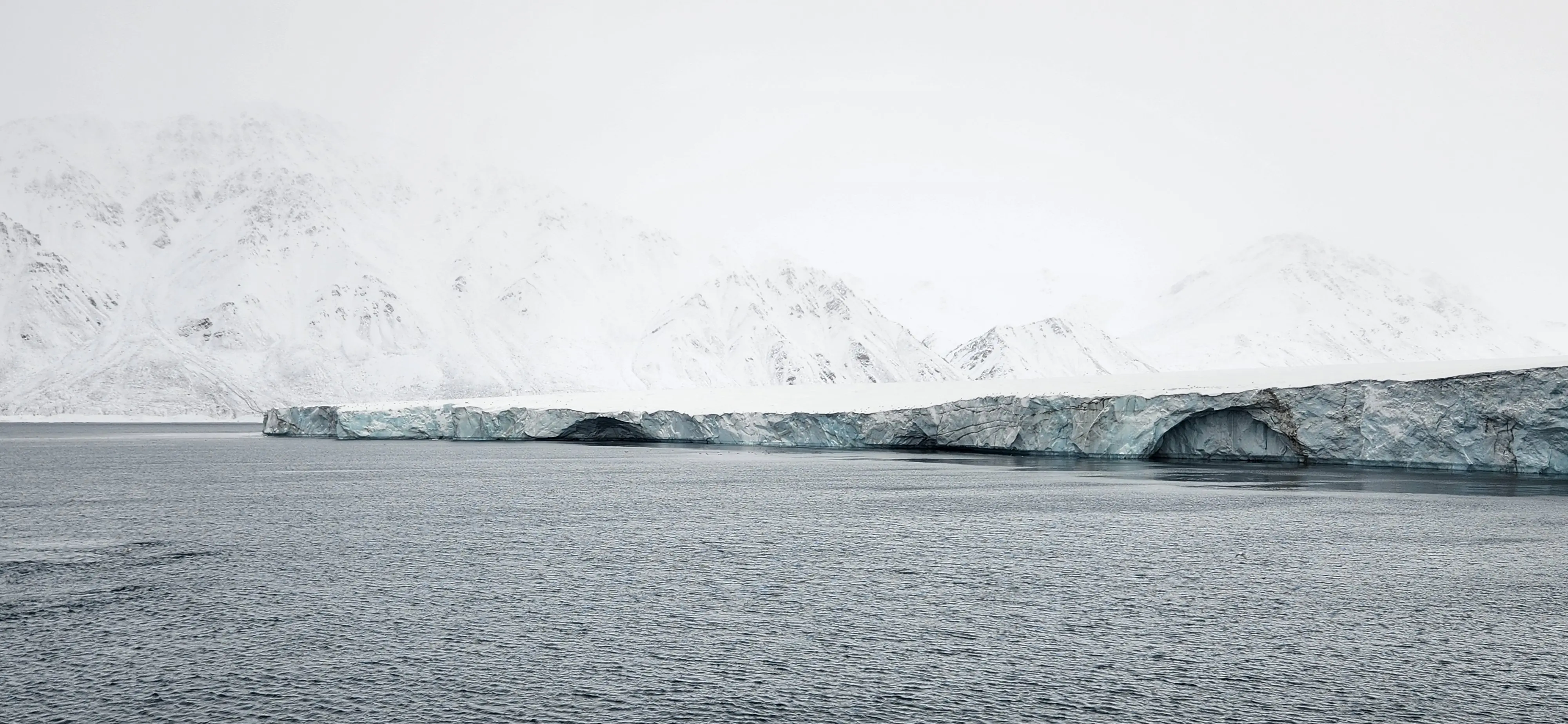October 1, 2023
Cryologger ITBs Deployed from the CCGS Amundsen
Posted by Adam Garbo

Introduction
In summer 2023, six Cryologger Ice Tracking Beacons (ITBs) were deployed aboard the CCGS Amundsen, Canada’s premier Arctic research icebreaker. These low-cost, open-source instruments were installed on drifting icebergs and the floating ice shelf of Petermann Glacier, enabling real-time tracking in one of the most dynamic glacial environments in the Northern Hemisphere.
Why Track Icebergs?
Icebergs pose a significant hazard to Arctic navigation and infrastructure, particularly in narrow straits like Nares Strait. Despite this, very few icebergs are systematically tracked once they calve from their source glaciers. Understanding where they travel, how fast they melt, and how they interact with ocean currents is essential for improving safety and advancing climate research.
This deployment was part of a broader effort to monitor iceberg drift and calving behaviour in the Canadian Arctic, a region experiencing major changes due to warming temperatures and ice loss as well as enhanced shipping traffic.
About the Beacons
Cryologger ITBs are purpose-built for Arctic fieldwork. Each beacon includes:
- A GNSS receiver for sub-daily position tracking
- Temperature, pressure, humidity, and IMU sensors for environmental monitoring
- A satellite modem for transmitting data over the Iridium network
- A rugged, low-power design built to last years on remote drifting ice hazards
All data is decoded automatically and published through the Cryologger Data Portal, supporting open-access Arctic science.
Deployment Overview

Deployment of an ITB onto Petermann Glacier's ice shelf.
Four ITBs were installed on icebergs drifting through Nares Strait, providing detailed drift trajectories, orientation data, and melt conditions over time. These deployments help researchers quantify iceberg lifespan and movement in a region with frequent maritime activity and strong currents.
The remaining two ITBs were deployed directly onto Petermann Glacier’s floating ice shelf in northwestern Greenland. Positioned near active rift zones, the beacons provide long-term monitoring in anticipation of the glacier’s next major calving event.
Supporting Ongoing Research
These deployments were carried out by members of the Laboratory for Cryospheric Research at the University of Ottawa. The team included Benoit Lauzon and Penelope Gervais, both PhD students in glaciology, with support from the Amundsen’s crew and scientific staff.
This work builds on the lab’s ongoing efforts to instrument glaciers and icebergs across the Arctic. With this latest field season, a total of 38 Cryologger ITBs have now been deployed on icebergs, ice shelves, and calving glacier fronts from the Beaufort Sea to Baffin Bay.
Open Data and Visualization
All beacon data are available through the Cryologger Data Portal, where users can:
- View live beacon positions on an interactive map
- Explore historical drift tracks
- Download raw or filtered datasets for analysis
This open-access platform supports scientific collaboration and provides new opportunities for education, environmental monitoring, and risk mitigation in Arctic waters.
Acknowledgements
A special thanks to Amundsen Science, the Canadian Coast Guard, and the field team for their support. This work was supported by the Natural Sciences and Engineering Research Council of Canada (NSERC), the Canada Foundation for Innovation (CFI), the Polar Continental Shelf Program (PCSP), the Northern Scientific Training Program (NSTP).
📷 Photo credits: Penelope Gervais, Benoit Lauzon